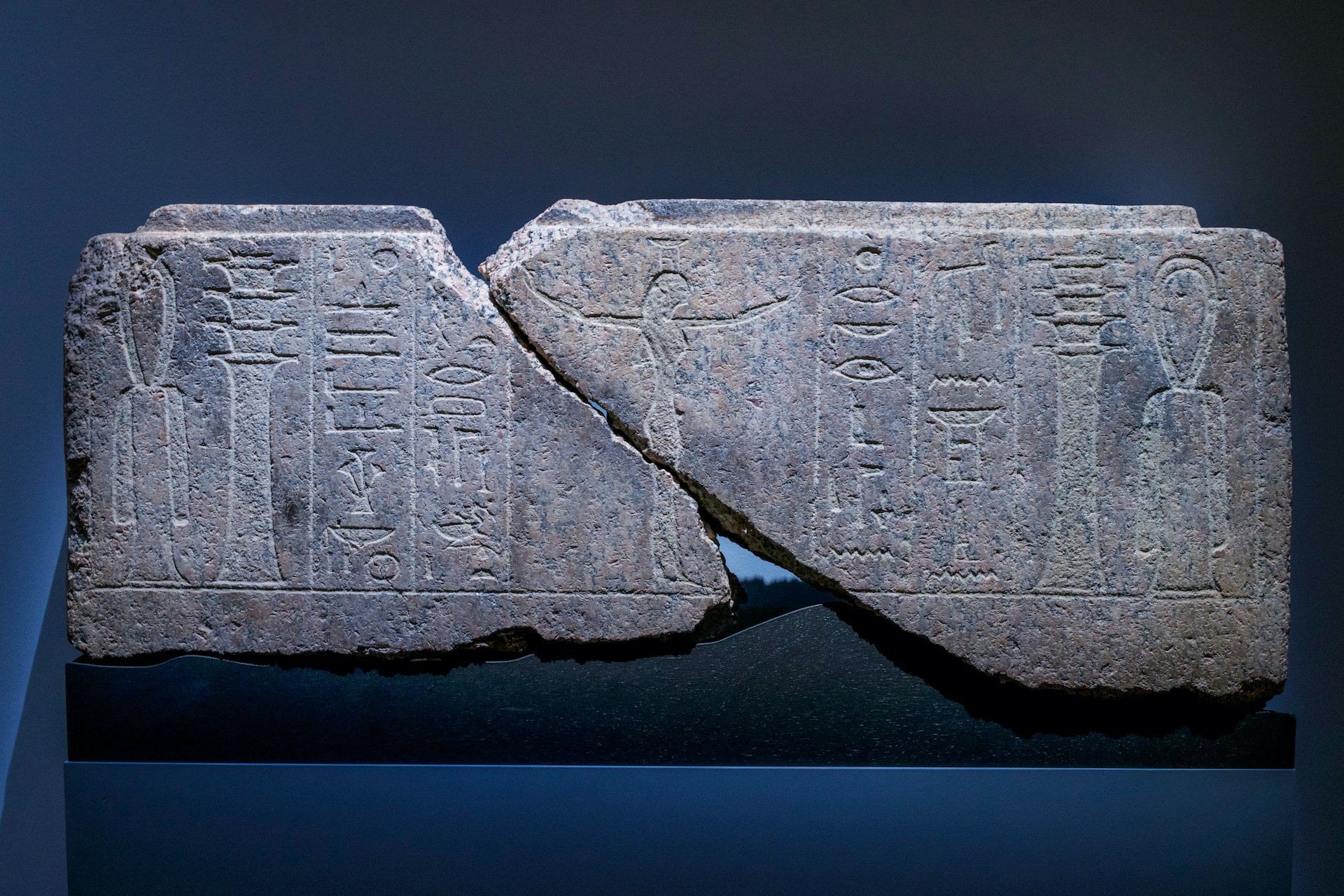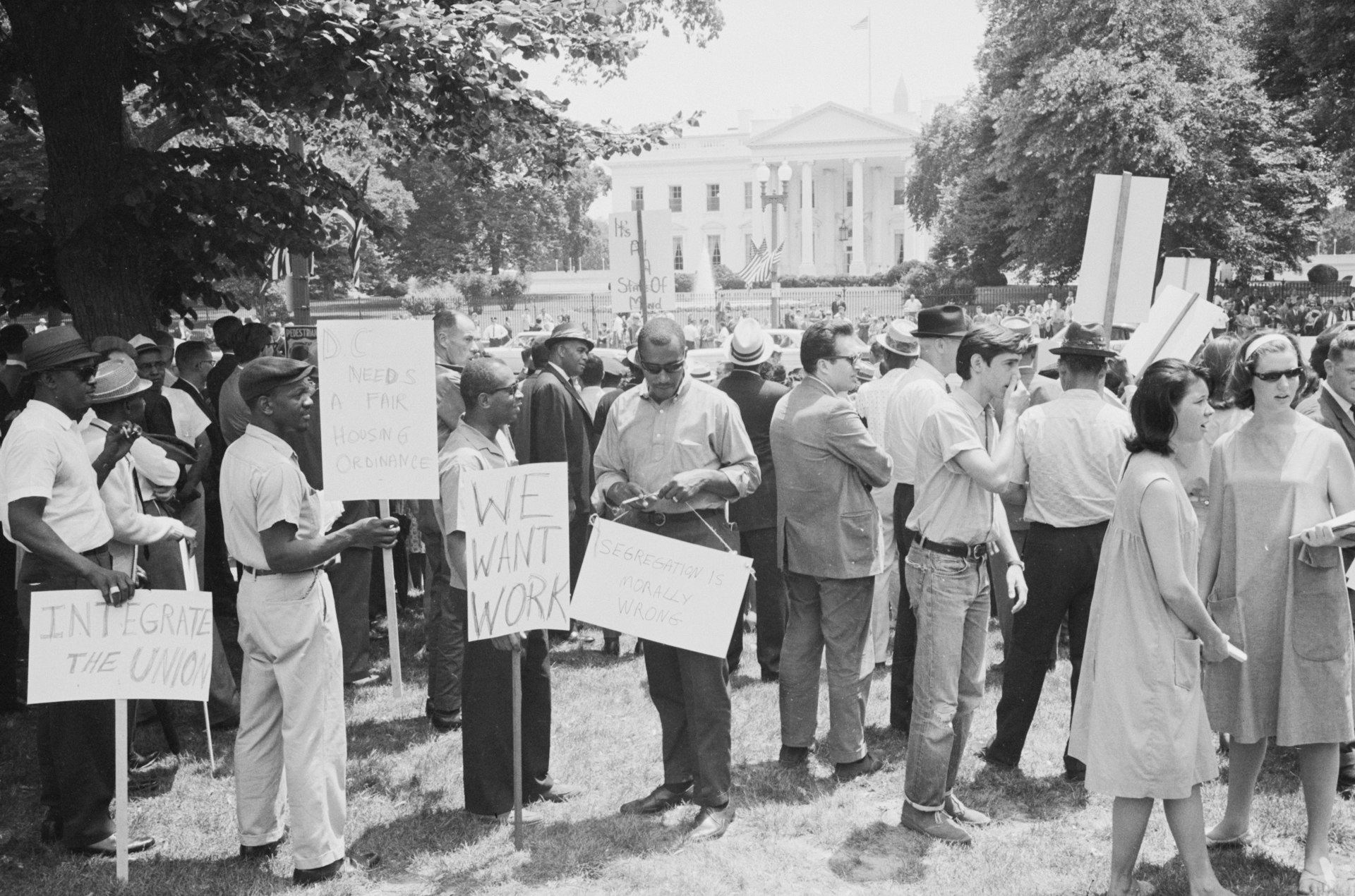Revolutions in Latin America: The Fight for Independence and Its Lasting Impact

Photo by Stanislav Rabunski on Unsplash
Introduction: The Age of Revolution in Latin America
The history of revolutions in Latin America marks a turning point not only for the region, but for global movements toward independence and self-governance. In the late 18th and early 19th centuries, a wave of revolutionary fervor swept across Latin America, inspired by Enlightenment ideas and the successful revolutions in the United States and France. These revolutions fundamentally altered the political map, leading to the end of colonial rule for much of the continent and setting the stage for ongoing struggles over identity, governance, and social justice [1] .
Key Causes and Influences Behind Latin American Revolutions
Several key factors contributed to revolutionary movements in Latin America:
1. Enlightenment Ideas: The spread of Enlightenment philosophy promoted notions of liberty, equality, and the rights of individuals. Latin American intellectuals and revolutionaries incorporated these concepts into their demands for independence [1] .
2. External Inspiration: The American Revolution (1776) and the French Revolution (1789) offered powerful examples of successful challenges to monarchical power. These events inspired local leaders across Latin America to pursue similar change [1] .
3. Colonial Inequality: Deep social and economic divisions existed between European-born elites (peninsulares), locally born whites (criollos), mestizos, indigenous populations, and enslaved Africans. These inequalities fostered resentment and mobilized diverse groups in pursuit of political and social reform [2] .
4. European Events: The Napoleonic Wars destabilized Spain and Portugal, weakening their grip over American colonies and creating opportunities for local uprisings [3] .
Major Revolutionary Movements and Leaders
Latin America’s fight for independence unfolded through a series of distinct but interconnected revolutions. Below are key examples, each with unique leadership and strategies:
The Haitian Revolution (1791-1804)
The Haitian Revolution began as a slave revolt in the French colony of Saint-Domingue. It was the first successful slave-led revolution in history, resulting in the creation of Haiti as the first independent Black republic in 1804. This event inspired enslaved and oppressed peoples throughout the Americas [1] .
The Mexican War of Independence (1810-1821)
Miguel Hidalgo, a Catholic priest, issued the “Cry of Dolores” in 1810, calling for Mexicans to rise against Spanish rule. Despite initial defeat, the movement continued under leaders like Jose Maria Morelos and Agustin de Iturbide. Mexico ultimately secured independence in 1821, influenced by political changes in Spain and internal unity [5] .
South American Independence Movements
Simón BolÃvar (“The Liberator”) led campaigns across northern South America, securing independence for Venezuela, Colombia, Ecuador, Peru, and Bolivia. BolÃvar’s military strategy involved uniting diverse groups and forging new alliances. His vision extended to creating a large federated republic (Gran Colombia), though this vision ultimately faltered due to regional rivalries [2] .
José de San MartÃn led independence campaigns in the south, including Argentina, Chile, and Peru. San MartÃn’s disciplined armies crossed the Andes in a daring maneuver to liberate Chile, then joined BolÃvar in Peru for final campaigns against Spanish loyalists [2] .
Brazilian Independence (1822)
Unlike the violent revolutions elsewhere, Brazil’s path to independence was negotiated largely without bloodshed. In 1822, Dom Pedro I, the son of the Portuguese king, declared Brazil’s independence and became its first emperor. The transition maintained many colonial structures but set Brazil on a distinct political course [2] .
Timeline of Key Events
Understanding the chronology of these revolutions is vital for tracing their impact:
- 1791: Start of the Haitian Revolution
- 1804: Haiti becomes the first independent nation in Latin America
- 1810: Mexico’s revolution begins with the Cry of Dolores
- 1811-1821: Series of battles across Venezuela, Colombia, Argentina, Chile, and Peru led by BolÃvar and San MartÃn
- 1821: Mexico achieves independence
- 1822: Brazil declares independence
- 1824: Battle of Ayacucho seals Peru’s independence and ends major Spanish rule on the continent
This timeline reveals that the struggle for independence was not a single event, but a decades-long process involving overlapping campaigns and shifting allegiances [3] .
Practical Guidance: Researching and Accessing Resources on Latin American Revolutions
For those seeking deeper understanding or conducting research:
1. Academic Libraries: University and public libraries offer specialized books and journals on Latin American history. Use library catalogs or ask a reference librarian for titles on independence movements, key leaders, or specific countries.
2. Online Encyclopedias: Encyclopædia Britannica provides authoritative, peer-reviewed articles and timelines for quick reference [2] . For a more detailed overview, consider searching “Latin American revolutions” or “Spanish American wars of independence.”
3. Online Course Platforms: Many educational sites such as Study.com offer structured lessons and timelines. For example, searching “Latin American independence movements Study.com” can lead to curated, instructor-led content [1] .
4. Video Resources: Platforms like YouTube host documentaries and lectures. For visual learners, search for “Latin American Revolutions documentary” or “Simón BolÃvar history.” Always verify the credentials of the presenters or the source channel [5] .
5. Government and Educational Websites: When seeking primary sources or official educational materials, consult the websites of national archives, ministries of culture, or educational departments in countries of interest. Use official portals-search the country’s name and “national archives” or “ministry of education” for access to digitized documents and historical materials.
Challenges and Legacies of the Revolutionary Era
Despite their success in ending colonial rule, the revolutions created new challenges:
1. Political Instability: New nations struggled with internal divisions, power struggles, and frequent changes in government. Many regions experienced civil wars or authoritarian rule in the decades that followed [2] .
2. Social Exclusion: While independence brought legal changes, many indigenous peoples and former slaves remained marginalized. Deep-rooted social hierarchies persisted, fueling later reform and revolutionary movements.
3. Economic Transition: The collapse of colonial trade networks and wars left economies weakened. Some countries turned to export economies, which brought both opportunity and new forms of dependency.
Modern scholars and policymakers continue to debate the legacies of these revolutions. National holidays, monuments, and educational curricula across Latin America commemorate the ideals and struggles of this era, while ongoing social movements reference the unfinished business of equality, justice, and true self-determination.

Photo by Nayani Teixeira on Unsplash
Step-by-Step Guide: How to Explore Latin American Revolutionary History Further
- Identify Your Country or Theme of Interest: Choose whether you want a broad overview or to focus on a specific country or leader.
- Use Library and University Databases: Search for “Latin American independence,” “Simón BolÃvar biography,” or “Haitian Revolution primary sources.” If you have access to university resources, use their electronic journals and eBook collections for in-depth research.
- Verify Source Authority: Prioritize books and articles published by reputable historians or academic presses. Cross-reference facts from multiple sources when possible.
- Engage with Multimedia: Watch documentaries or listen to podcasts created by established historians or educational institutions. For example, search for public lectures from universities or history-focused YouTube channels.
- Connect with Experts: Many universities and historical societies host events, webinars, or Q&A sessions with historians. Look for virtual seminars or contact relevant departments for guidance.
- Visit Museums (Virtually or In Person): National museums in Latin America and abroad often have online galleries or digital archives related to independence movements. Search for the official museum websites of the country you’re interested in.
Key Takeaways and Future Study Opportunities
The revolutions of Latin America fundamentally altered global history, ushering in a new era of nation-building, political experimentation, and social transformation. Their complex legacies continue to inspire debate, research, and activism. By leveraging academic, multimedia, and government resources, anyone can deepen their understanding and appreciation for this pivotal chapter in world history.
References
- [1] Study.com (n.d.). Independence Movements in Latin America: Timeline & Effects.
- [2] Encyclopædia Britannica (n.d.). History of Latin America – Independence, Revolutions, Nations.
- [3] Wikipedia (n.d.). Timeline of the Spanish American wars of independence.
- [5] YouTube (2020). The Latin American Revolutions.



